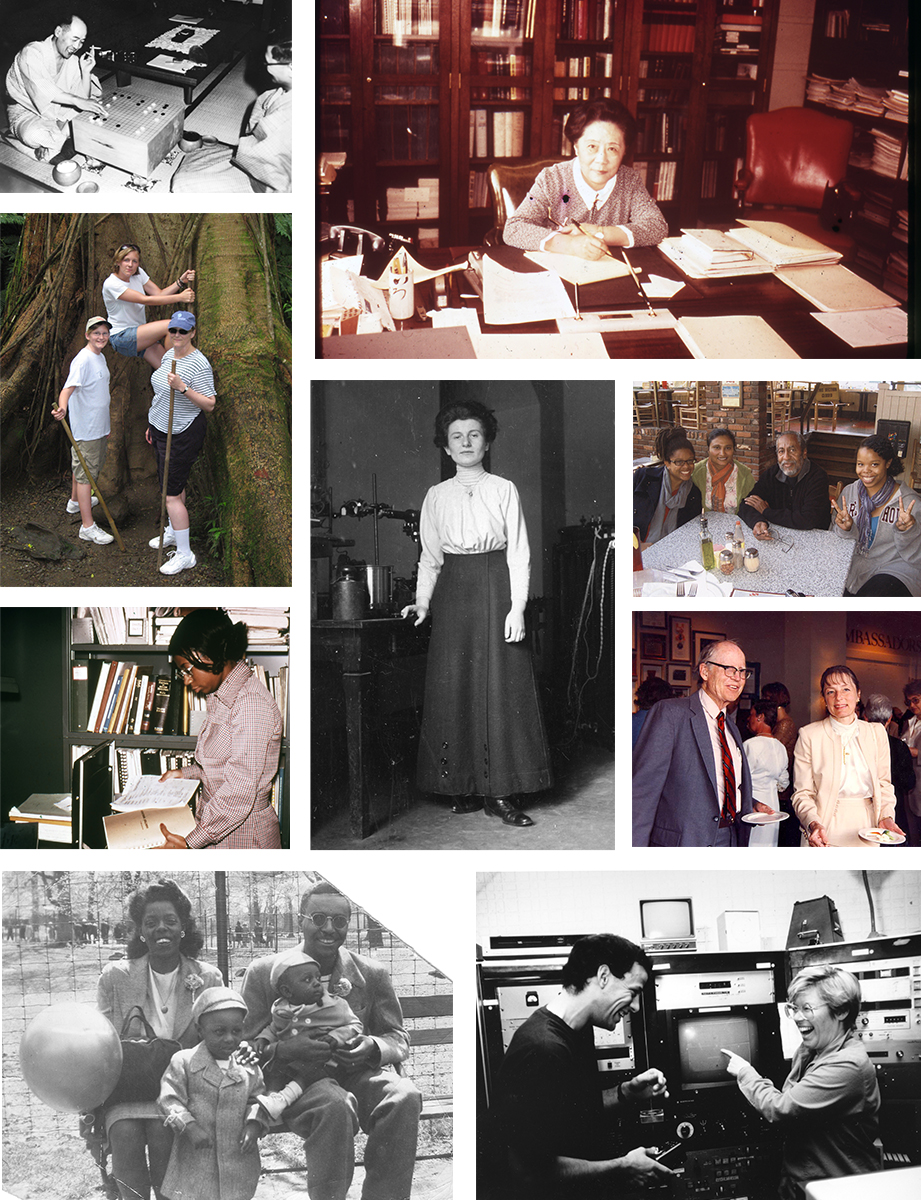Archivists seek photos of today’s physical scientists

Assorted photos from the Emilio Segrè Visual Archives. Archivists at the American Institute of Physics’ image repository are crowdsourcing photos to capture what it’s like to be a scientist today.
(Photos, clockwise from top left, courtesy of the AIP Emilio Segrè Visual Archives: Yukawa Collection; American Association of Physics Teachers; Ronald E. Mickens Collection; Duke University physics department; gift of Dr Sandra Faber/University of California, Santa Cruz; gift of Dr Ronald Mallett; American Association of Physics Teachers; gift of Dr Meg Urry; gift of Dr Wilhelm Tappe/Kohn Photo Collection.)

The Emilio Segrè Visual Archives (ESVA) at the American Institute of Physics (AIP) hosts some 30 000 digital and physical images that showcase the personal and professional lives of physical scientists spanning nearly two centuries. For the first time, the repository is inviting scientists to submit their photos of everyday life to be added to AIP’s permanent collection. (AIP publishes Physics Today.)
“The more faces, places, and communities we have represented in our archives, the richer they become as authoritative research resources,” says Trevor Owens
In the past, the ESVA has largely relied on individual bulk donations, but that approach has led to a lag between its current holdings and the scientific work happening today. By accepting digital photos from across the community on a rolling basis, the ESVA seeks to build a more contemporary and inclusive record of the physical sciences community. “We can’t wait for photos to pile up in someone’s attic or scrapbooks like we could in the analog era,” Owens says. “If we don’t get your digital photos now, it may not be possible to get them decades from now.”
The ESVA is the most widely used resource in AIP’s Niels Bohr Library & Archives
The ESVA invites scientists at all career stages to share photos, including those taken on a smartphone, by using this one-page digital form
Historians, museum curators, book authors, scientists, and others use ESVA resources for their work. In a 2024 book





